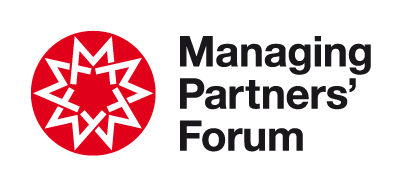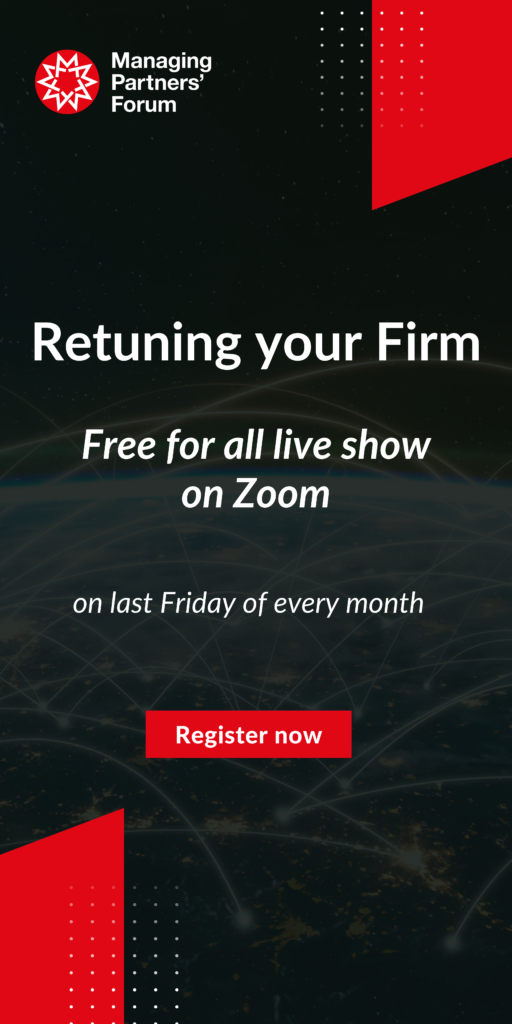Kim Tasso, our presenter at the October session, started by stressing that task and relationship need to be kept in balance. HR tends to adopt an organisational lens whereas behaviour change is a personal issue so needs a people lens. The interaction of tasks and relationships is vital. An over-focus on tasks will tend to reduce empathy and shut down relationships. Need to help leaders get the balance right.
Personal transitions take longer than organisational change. They are also more complex and harder to manage. Letting go of old behaviour is tough. It involves several stages: unfreeze, denial, anger, acceptance.
People only change when it involves survival or learning. Examples include fear of incompetence; loss of personal identity; necessary for membership of a group. Critical to framing.
People spend 80% of their time on autopilot in their comfort zone, called System 1. The trick is to get them out of the zone, but not too far, as full concentration on each task, aka System 2, is slower and uses a lot of energy.
Kim encouraged HR professionals to read five books relevant to behaviour change:
- Book 1 – Switch Chip and Dan Heath
See, feel, change. Great model of change. Inspiring. Must have a rational rider; engage emotion; clarity over first step. Clarity dissolves resistance. What is happening in the environment; if resisters around, create space for reformers. Keep talking about it. Familiarity. - Book 2 – Influence Robert B Cialdini
Fixed action patterns and trigger words; ‘because’ is a key word for presenting choices – two bad and one ok. Scarcity; reciprocity – best to first; social proof – be loved; Authority; Small changes that impact big change. Use first names; small area hypothesis. Great tips. - Book 3 – The Change Catalyst: Secrets to Successful and Sustainable Business Change Campbell Macpherson
Why do projects fail? 10 things must happen. Change catalyst; Clarity over goals; implications of the change; focus on outcomes; time for pause; clear governance; genuine engagement; identification of emotional triggers; unwavering leadership team; change ready culture. Cognitive biases 180 in the codex. Anchoring bias; bandwagon effect; bias blind spot; choice support bias; clustering when random; confirmation bias; juggling beliefs when conflict or deny new info. Prefer short term reward; planning fallacy; repetition etc. - Book 4 – Nudge: Improving Decisions About Health, Wealth and Happiness Richard H Thaler & Cass R Sunstein
Environment should nudge in the right direction. Resist short term pain even if long term benefit. Harness power of inertia. Subtle cue that pushes you to make a decision without being forced. Default is key state. Relevant to productivity. want to know expected amount. Food at eye level is more popular. Accessible and available. - Book 5 – Helping People Change: Coaching with Compassion for Lifelong Learning and Growth by Richard Boyatzis, Melvin L. Smith, Ellen Van Oosten
Intentional change theory. Any change must fit with vision. Avoid should. Must be positive. Will shut down if in a negative state. Mindfulness, positive tone, authentic, compassion. Must be internally motivated. Strengthen strengths. Strong relationships with group. Task focus and relationship focus. Part of brain to mediate. Preferred learning style. New habit can be up to 250 days. Five positive energy to one negative to get change.
Other insights on productivity included:
- In any group of people, one third will be adaptive. Can you identify them?
- Keystone behaviours have a critical impact on group performance.
- Stories are 22% more memorable than facts
- Hold a hot drink and you will form a more positive impression of the other person
- Face to face is 34 times more effective than email.
- People switch attention every eight seconds, less than goldfish
- Most people consider themselves to be above average
- Combining fixed and performance pay leads to a 44% improvement in productivity compared to fixed pay alone
- Allowing people to choose to work at home or in the office leads to a 22% increase in productivity
- Some people are unable to cope in an open environment due to distraction
- A mix of verbal and vision helps build a mental picture. Creating images. Sensory cues.
- As tasks become more programmed, people are lulled into inattention. It is important to create breaks. 40 min concentration or less.
- People are becoming Dopamine addicts as a result of digital devices. This results in the brain becoming rewired. No tablets before five years old.

